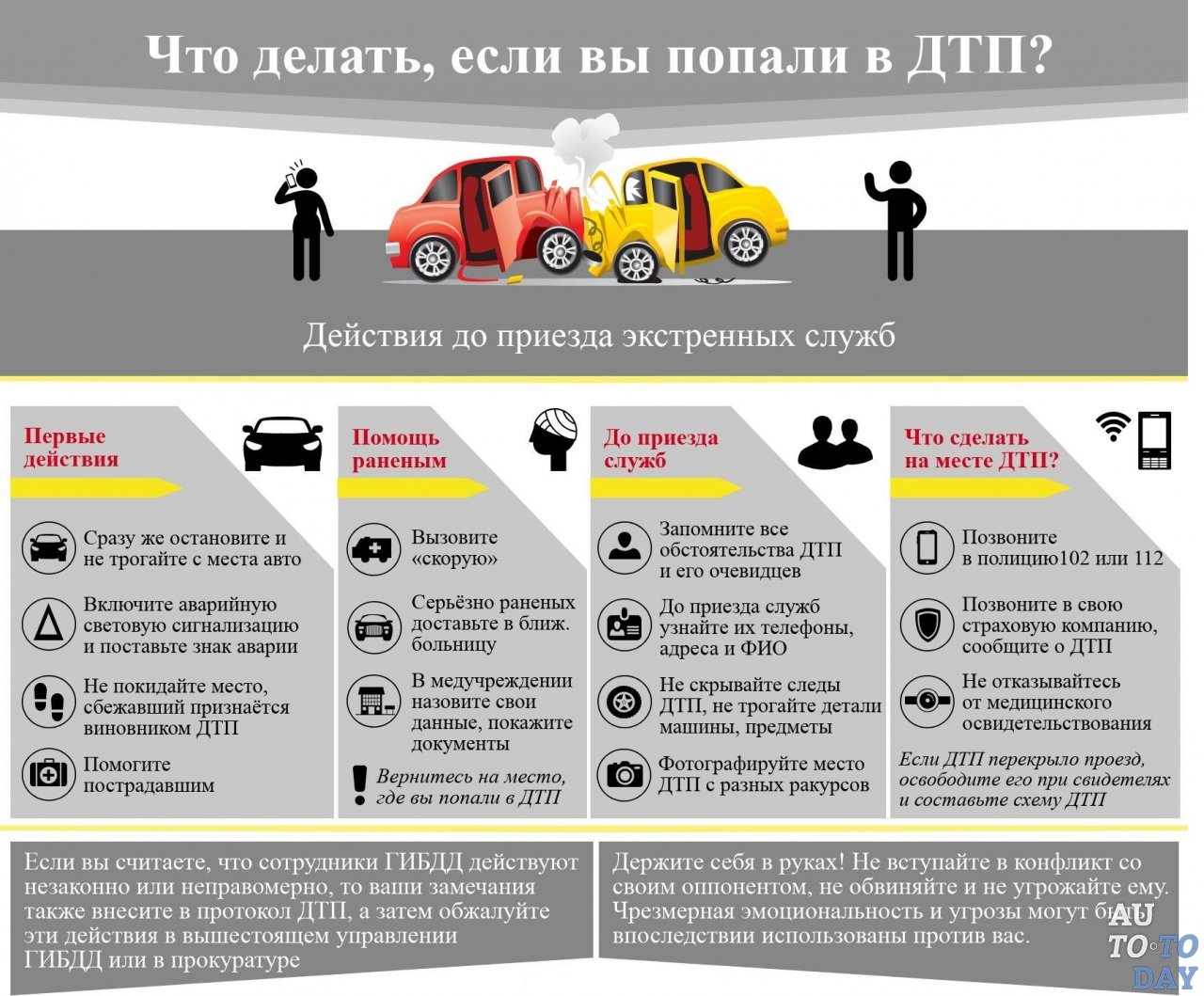
What is the difference between xenon and bi-xenon
Many articles have already been written on the topic “The advantages of xenon and bi-xenon lamps over halogen”. Indeed, lamps, inside which xenon gas is located instead of a tungsten filament, have solid “pluses”:
- long service life;
- high power of the light beam;
- less electricity consumption.
Now almost all new cars are equipped with xenon headlights, and bi-xenon usually comes as an additional option. Many masters offer the installation of xenon or bi-xenon on any car. True, some drivers have a logical question: what is the difference between xenon and bi-xenon.

The answer lies in the title itself:
- xenon headlight contains two lamps for low beam and high beam;
- in bi-xenon, the dipped and main beams are contained in the body of one lamp, and switching is done thanks to a special screen.
Here it is worth a little reservation. Typically, xenon lamps are used exclusively for low beam, and if you need to switch to high beam, then an ordinary halogen lamp turns on, that is, two types of lamps are combined - xenon and halogen.
But bi-xenon is already a more advanced option. I would like to consider the structure of the lamp itself in more detail.
Standard bi-xenon consists of:
- a glass flask filled with gas;
- metal screen;
- a magnet, due to which the screen or the base itself is set in motion, depending on the type of lamp;
- high-voltage wires;
- block for switching control.
There are different types of bi-xenon lamps. In some of them, switching from near to far occurs due to the movement of the screen inside the bulb, in others the bulb itself moves inside the housing. The reflector itself also plays an important role - the protective screen obscures the light of the lamp so that it does not fall on the lower part of the reflector - low beam. When you need to turn on the far, the driver simply presses the switch, the screen moves away, the light falls on the lower part of the reflector and thus the light beam becomes more powerful.

The screen is set in motion thanks to the magnet that comes with the kit. By closing or opening the electrical circuit, the driver activates the magnet and it attracts the metal screen.
In other types of bi-xenon lamps, the screen remains stationary, and the bulb itself moves - it can retract and extend, change the angle of inclination up and down or left and right. Also, instead of a screen, a special lens can be used to increase the light power by 30 percent.
When choosing a bi-xenon block for your car, you need to take into account the type of base, temperature - usually 3000K, which corresponds to the saturated yellow color allowed by us.
This color dazzles oncoming drivers less and illuminates the road better, while it is clearly distinguishable from a distance of up to 15 kilometers - that is, your car will be noticed on the most deserted and dark road.

A very important point when installing xenon lamps is the correct setting. The light should go directly in front of the car, not blind oncoming pedestrians and drivers. The adjustment, however, as well as the installation, can be done on your own, although for this you will have to remove the glass of the headlight or completely unwind the case.
Based on the foregoing, it becomes clear that xenon lamps are very good lamps that will serve you for a long time. And bi-xenon is a more advanced option, although it costs more, but all costs will be justified.
In this video you will see how the bi-xenon shines
And here they show how xenon shines (compare two types of 3000K and 5000K)
Loading…
